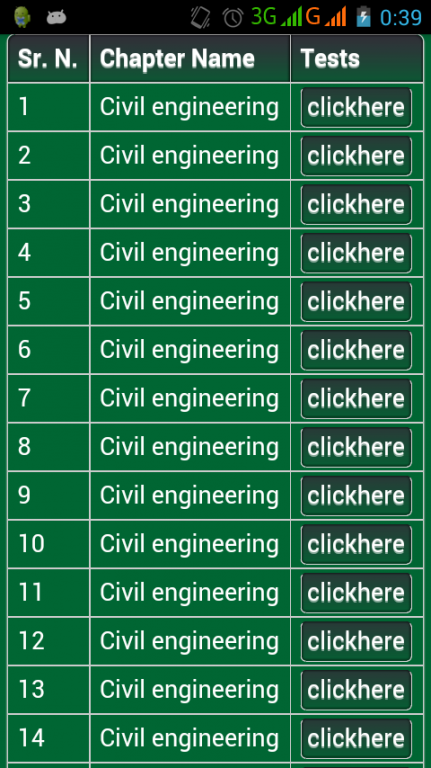Civil Engineering Handbook8.9
Publisher Description
Civil engineering is a professional engineering discipline that deals with the design, construction, and maintenance of the physical and naturally built environment, including works like roads, bridges, canals, dams, and buildings. Civil engineering is the second-oldest engineering discipline after military engineering, and it is defined to distinguish non-military engineering from military engineering. It is traditionally broken into several sub-disciplines including architectural engineering, environmental engineering, geotechnical engineering, geophysics, geodesy, control engineering, structural engineering, earthquake engineering, transportation engineering, earth science, atmospheric sciences, forensic engineering, municipal or urban engineering, water resources engineering, materials engineering, offshore engineering, aerospace engineering, quantity surveying, coastal engineering, surveying, and construction engineering. Civil engineering takes place in the public sector from municipal through to national governments, and in the private sector from individual homeowners through to international companies
Civil engineers typically possess an academic degree in civil engineering. The length of study is three to five years, and the completed degree is designated as a bachelor of engineering, or a bachelor of science. The curriculum generally includes classes in physics, mathematics, project management, design and specific topics in civil engineering. After taking basic courses in most sub-disciplines of civil engineering, they move onto specialize in one or more sub-disciplines at advanced levels. While an undergraduate degree (BEng/BSc) normally provides successful students with industry-accredited qualification, some academic institutions offer post-graduate degrees (MEng/MSc), which allow students to further specialize in their particular area of interest.
Snapshot from shake-table video testing of base-isolated (right) and regular (left) building modelsIn most countries, a bachelor's degree in engineering represents the first step towards professional certification, and a professional body certifies the degree program. After completing a certified degree program, the engineer must satisfy a range of requirements (including work experience and exam requirements) before being certified. Once certified, the engineer is designated as a professional engineer (in the United States, Canada and South Africa), a chartered engineer (in most Commonwealth countries), a chartered professional engineer (in Australia and New Zealand), or a European engineer (in most countries of the European Union). There are international agreements between relevant professional bodies to allow engineers to practice across national borders.
The benefits of certification vary depending upon location. For example, in the United States and Canada, "only a licensed professional engineer may prepare, sign and seal, and submit engineering plans and drawings to a public authority for approval, or seal engineering work for public and private clients." This requirement is enforced under provincial law such as the Engineers Act in Quebec.
No such legislation has been enacted in other countries including the United Kingdom. In Australia, state licensing of engineers is limited to the state of Queensland. Almost all certifying bodies maintain a code of ethics which all members must abide by.
Engineers must obey contract law in their contractual relationships with other parties. In cases where an engineer's work fails, he may be subject to the law of tort of negligence, and in extreme cases, criminal charges. An engineer's work must also comply with numerous other rules and regulations such as building codes and environmental law.
About Civil Engineering Handbook
The company that develops Civil Engineering Handbook is One-Heart. The latest version released by its developer is 8.9. This app was rated by 2 users of our site and has an average rating of 3.0.
To install Civil Engineering Handbook on your Android device, just click the green Continue To App button above to start the installation process. The app is listed on our website since 2016-03-19 and was downloaded 99 times. We have already checked if the download link is safe, however for your own protection we recommend that you scan the downloaded app with your antivirus. Your antivirus may detect the Civil Engineering Handbook as malware as malware if the download link to oneheart.civil.engineering.handbook is broken.
How to install Civil Engineering Handbook on your Android device:
- Click on the Continue To App button on our website. This will redirect you to Google Play.
- Once the Civil Engineering Handbook is shown in the Google Play listing of your Android device, you can start its download and installation. Tap on the Install button located below the search bar and to the right of the app icon.
- A pop-up window with the permissions required by Civil Engineering Handbook will be shown. Click on Accept to continue the process.
- Civil Engineering Handbook will be downloaded onto your device, displaying a progress. Once the download completes, the installation will start and you'll get a notification after the installation is finished.
